Secretive & Surprising: Unusual, Creative and Transforming Furniture
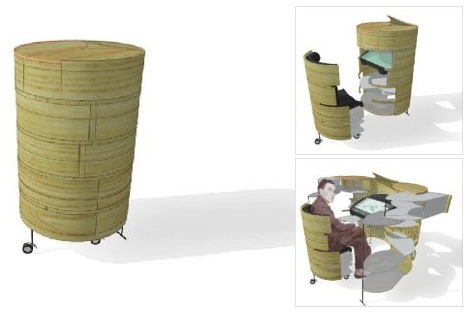
Ever wish you had a little more space in your apartment, or that your furniture was more than just functional? These days more and more designers are using unusual materials and new technologies to create transforming, collapsible, portable and sustainable furniture in all kinds of strange shapes and sizes. If you are thinking of redecorating you might want to skip your local shop and see what is out there on the web first.
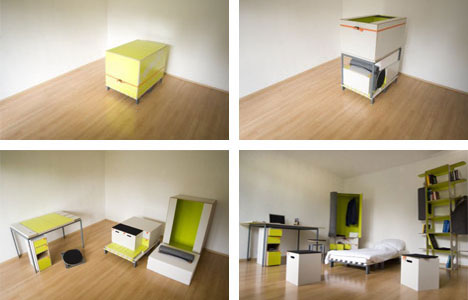
Transformable and Convertible Furniture (and More Collapsible Furniture) Can’t afford more space? These designs are perfect for a cramped urban apartment. Many of them fold into a fraction of their functional sizes for storage purposes or transform into entirely different (but equally useful) objects. Some fit together like puzzle pieces while others can be disguised and reused in a variety of creative ways.
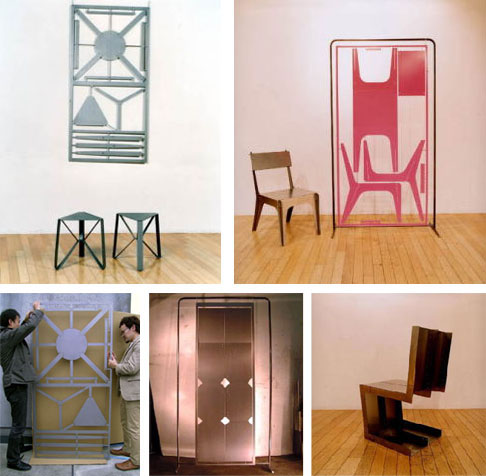
Flat Pack Furniture: Going with flat pack furniture is another great way to save space as well as materials. A great many shapes and functions can come out of using simple sheets of plywood, metal or other flat materials that typically weight and cost less and are better for the environment as well.
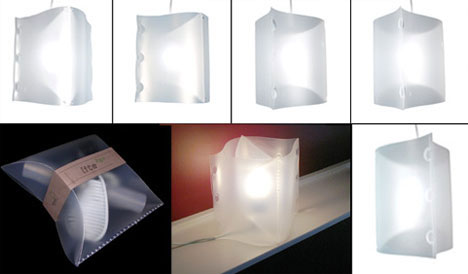
Packing as Part of the Product: Another good way to save materials is to shop for items where the packing is actually an integrated part of the product. If more designers thought this way it would go a long way toward reducing the amount of packaging waste on most products.
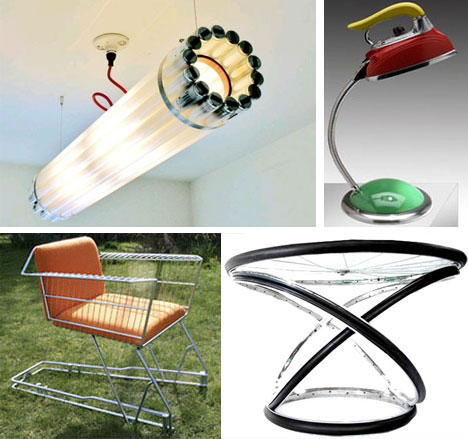
Creative Recycled Urban Furniture (and More Recycled Furniture Designs): Some designers have taken sustainability in furniture design to the next level by using exclusively recycled materials to create their masterpieces. Some of the results are humorous and kitschy but many are surprisingly elegant and incredibly subtle. From bathtub couches to shopping cart chairs, most of these do play up the previous lives of their constituent parts.
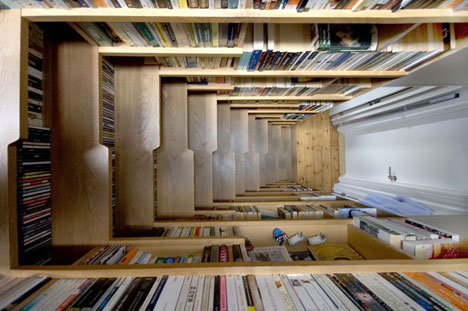
Brilliant Bookcases and Book Shelves (and Part Two): For some reason book storage designers seem to take the most liberties with their art – perhaps because their use is less structurally intensive and more flexible. Whatever the cause, the results can be stunningly elegant, cleverly modular or nearly invisible.